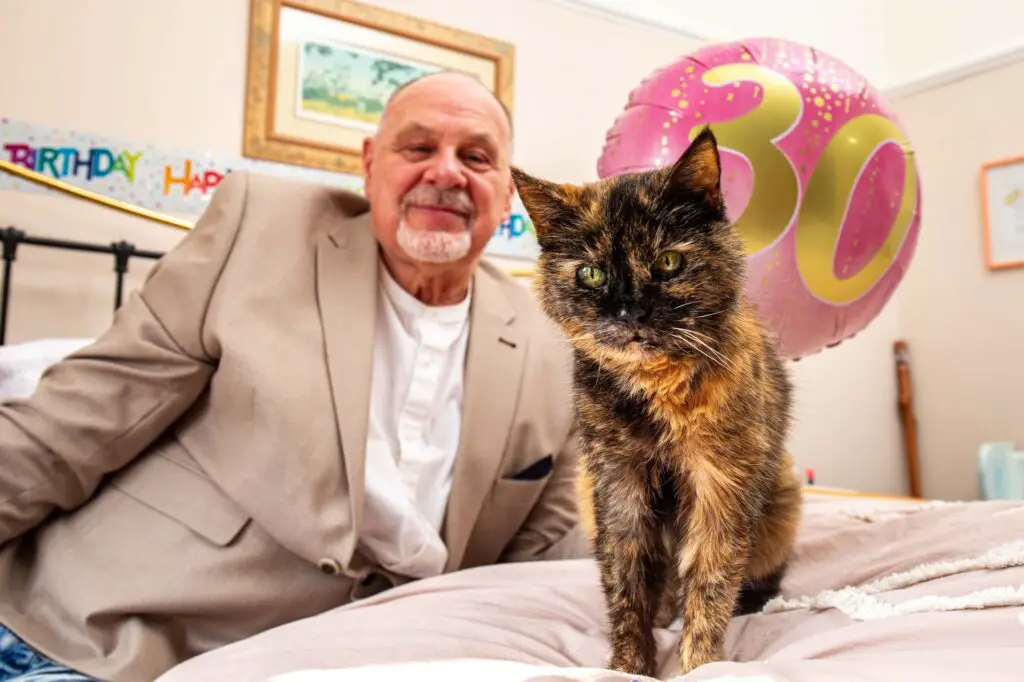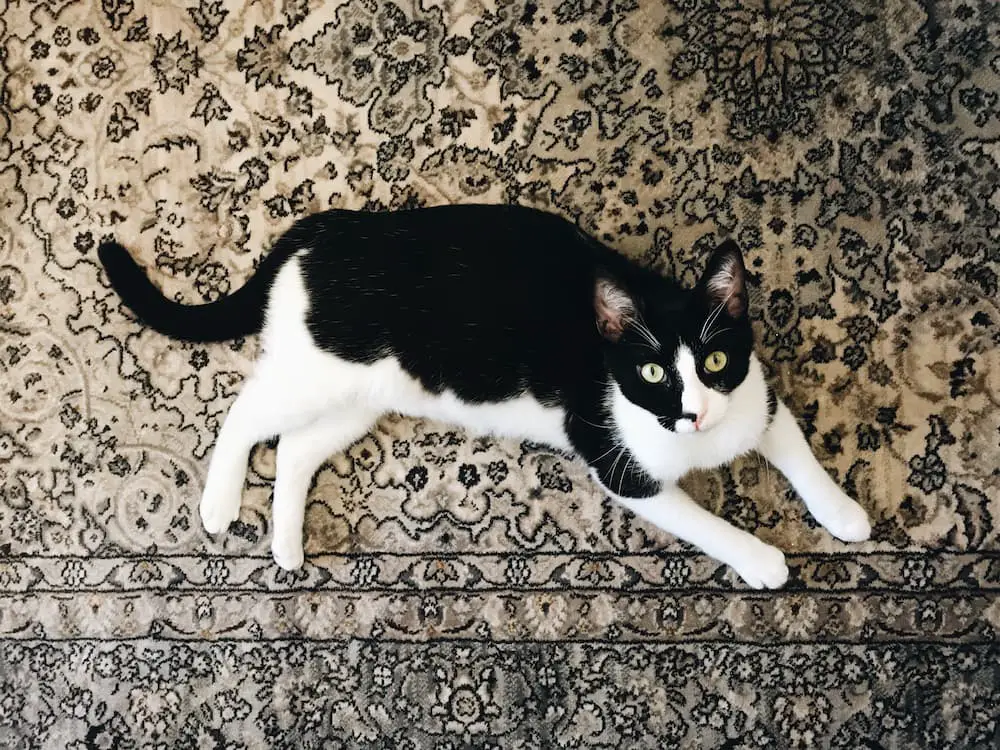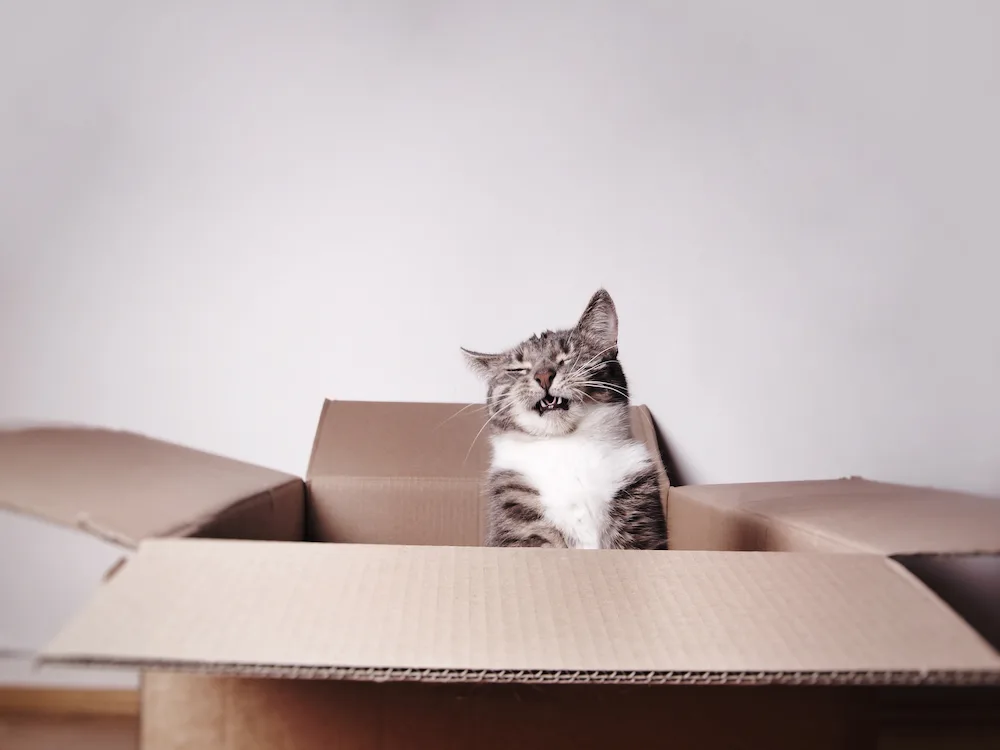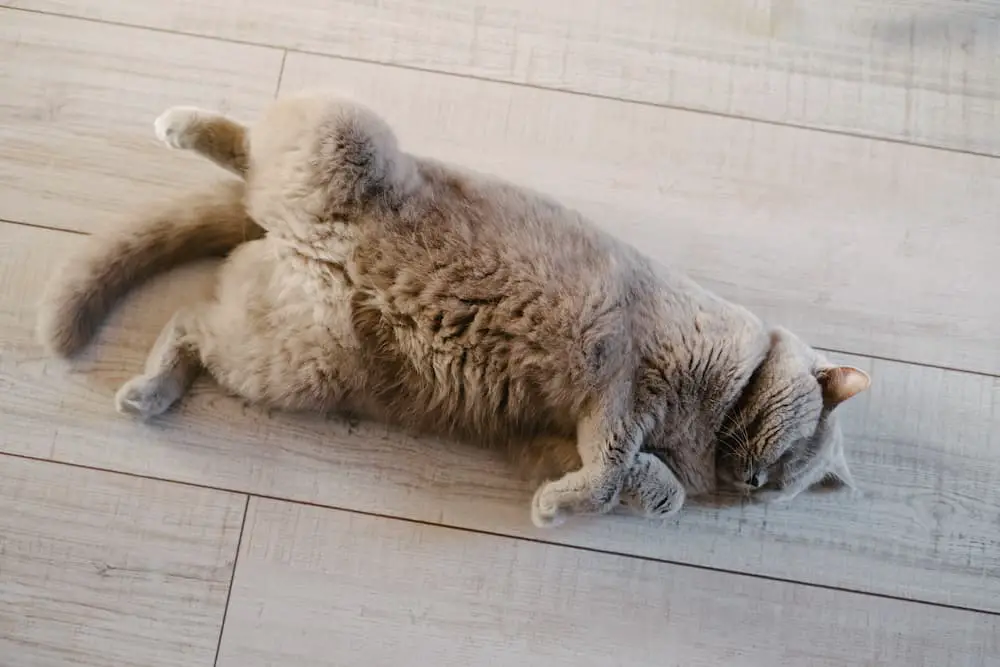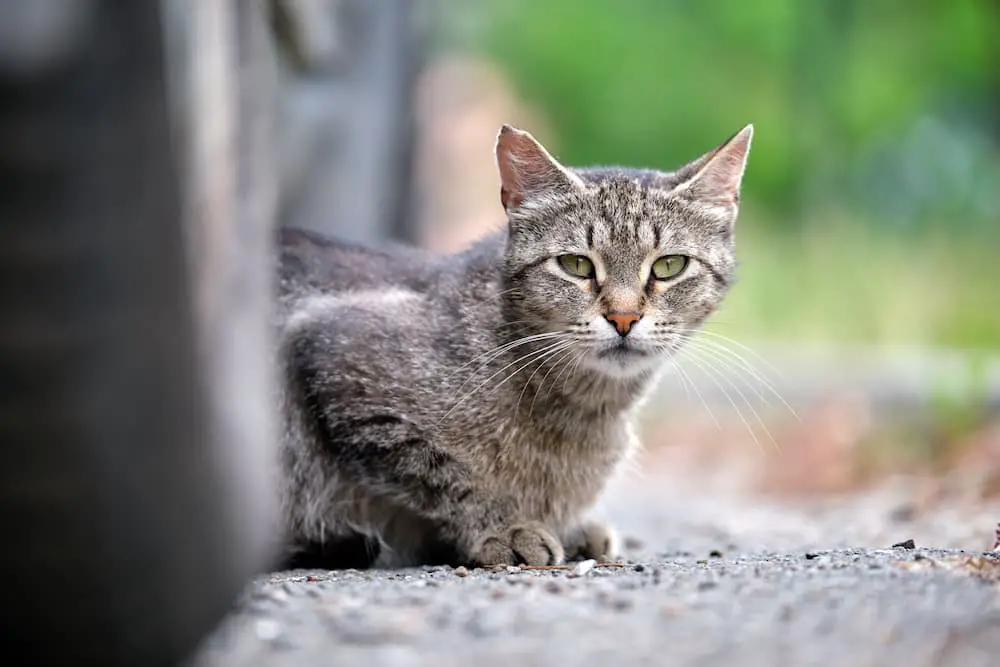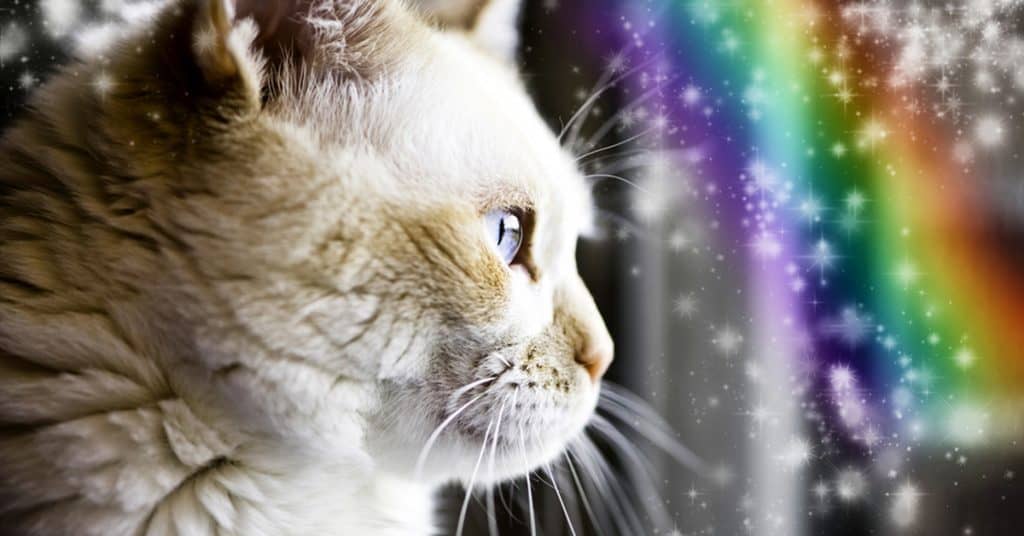Austin became the first city in the state of Texas to ban the declawing of cats for aesthetic reasons or for the convenience of the owner. In other words, no more declawing cats because they scratch your sofa.

Austin City Council unanimously passed the ordinance last week after two years of meetings with veterinarians, advocacy groups, and even officials from New York State, where the practice was banned in 2019.
In support of the ban, Becky Robinson, president and founder of Alley Cat Allies said, “We thank Austin for leading the way in Texas by outlawing this cruel elective procedure. It is a commendable step that will prevent tremendous suffering for cats in the city.”
The ordinance in Austin still allows for declaw procedures for therapeutic reasons. In other words, those that are necessary for the health of the animal. Veterinarians who perform declaws in Austin will now be subject to a penalty.
Why Ban Declawing?
Declawing cats is perhaps the most controversial surgical procedure performed by veterinarians today. So controversial, in fact, that countless people consider it a cruel form of mutilation. It’s illegal in many parts of the world, including England, Australia, Germany, Finland, Brazil and many other countries – and most recently Denver, Colorado and all of New York state, where it’s considered inhumane.
The recovery from a declaw surgery results in excruciating pain for the cat. A cat’s claws are vital – they are not only a defense mechanism – they provide balance, mobility, exercise, and stretch, and they allow him to mark his territory.
To understand why declawing is so very controversial, we need to understand exactly what’s involved in the procedure. It’s not merely a trimming of the claws. Declawing is the surgical removal of the claws. Then, to prevent the regrowth of those claws, the entire first joint of each toe is amputated.
The procedure often results in permanent, lifelong impacts on a cat’s health, both physically and mentally.
There are plenty of humane alternatives to declawing.

